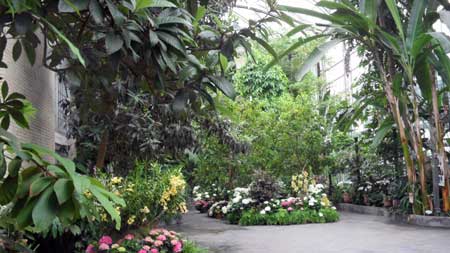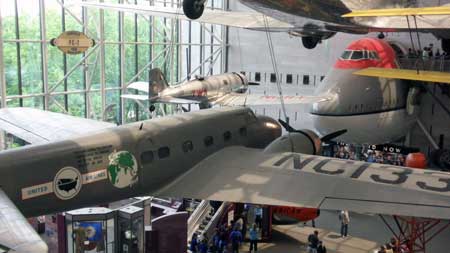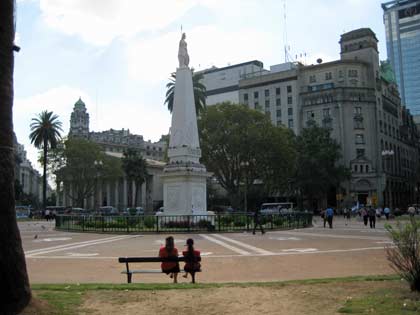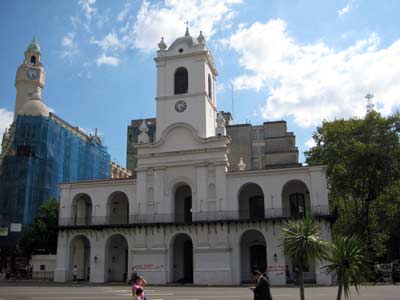By Judy J. Pinegar
May 19, 2011 taking the Metro now, as it seems to have better hours than the commuter train; we arrive in DC on Thursday 5/19/2011, and walk to the United States Botanical Garden (near the Capitol). This garden was first established in 1820, by George Washington, Thomas Jefferson, and James Madison!! It moved to its present location in 1850. After a stroll in the outside garden with mostly native plants we enter the big glass walled garden. Here there are different sections devoted to almost any environment imaginable, from the desert to the jungle and everything in between. One area explores the use of plants as medicines, proving that the original medicine men and women really knew what they were talking about. There are some truly amazing orchid plants and dozens of other amazing flowers.
Then, basically across the street we find the National Museum of American Indian, the 18th Smithsonian museum, opened in 2004, with a beautiful exterior design, reminding me of rock formations in the southwest of America, and even inside, everything is rounded, I don’t think there was a straight wall in the whole place.
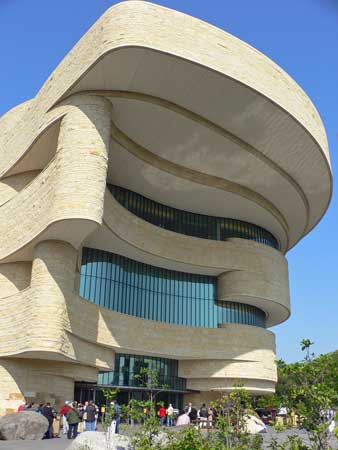
And what really surprised me, was, this museum covered Indians from Antarctica to the Arctic, the whole of the “Americas”, South, Central and North, even Hawaii… and I had no idea that there were so many different tribes, customs and foods. Speaking of food, we went to the renowned native inspired Mitsitam cafeteria for lunch, trying foods from South America, Central America, and the Northeast. All were quite good, so we ventured on, learning of each tribe, their customs, beliefs, and lifestyles. The overwhelming sense was how badly most of the indigenous population of the Americas have been treated by the “conquering” Europeans, really, continuing to the present day. A very sad side of our growth as a nation.
In the afternoon, we went to the National Air and Space Museum, just up the street, but knowing that we would have to come back the next day to “finish.” We spent most of our time in an IMAX presentation about the Hubble Telescope, how it has been repaired multiple times in space, and what it has taught us about our universe, and millions of other universes. It is a truly amazing film, including the sensation of actually being in space with the astronauts, if you ever have the chance, please go see this IMAX film, the stars will virtually come to dance on your face.
May 20, 2011, returning to the National Air and Space Museum on Friday, we viewed many other historical aircraft and stories, from the Wright Brothers, delivery of the US Mail, WW I, WW II and the current day. The museum is quite complete, having full size airplanes, unmanned drones, and a replica of the first space craft on the moon. There were TONS of excited children there, and many interactive sites, one of the most child friendly museums we have seen. And the “cafeteria” was only McDonald’s!
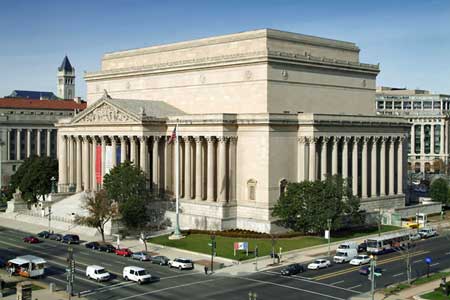
Moving on, we went to the National Archives for a peek at the founding documents of our nation, and a tour of the importance of the archives in recording the truth, researching the past, and even righting some of the wrongs that we have made as a nation. The National Archives and Records Administration is our national record keeper, created in 1034. Anyone is allowed to access the records, researching family trees, citizenship records, and any other research you are interested in. Through its records proof was found of the money the Nazis stole from Jewish families, resulting in a return of that money to relatives of the victims.
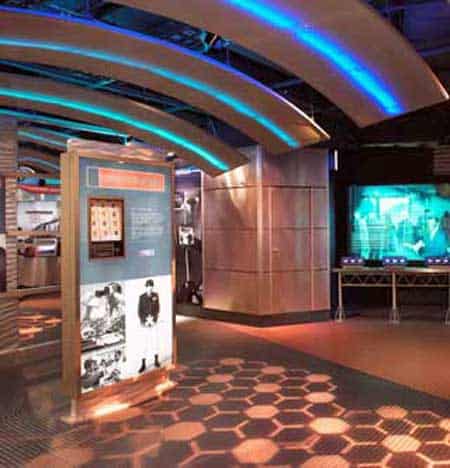
From there we went to the private International Spy Museum, with some chilling looks at the past, present and future of the damage that is possible to be caused by spies. There were truly some interesting stories of people in the past who were spies, including famous actors and actresses, I would have never thought it was possible.
There was a chilling glimpse of spy tactics and terrorism in the future that might be ahead for us, using the internet. It was a very scary ending. Thinking back over our trip, one day we were at cafeteria where the computers had gone down, and we witnessed the mass confusion that that caused, people with no cash, huge lines etc. …Just think what would happen if we had no electricity for an extended period of time, and it was a deliberate action, with no rapid repairs on the way??? Or any number of mass scale interventions in our country.
Judy J. Pinegar is a writer
She has written for numerous web sites and magazines
